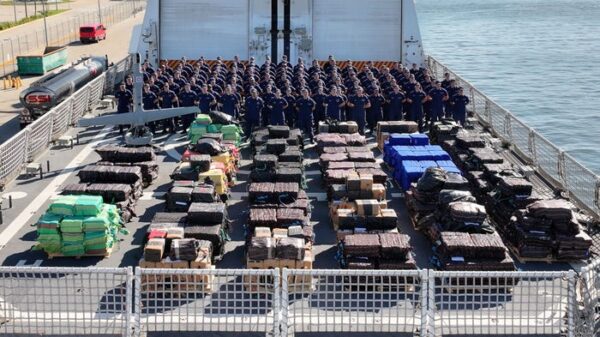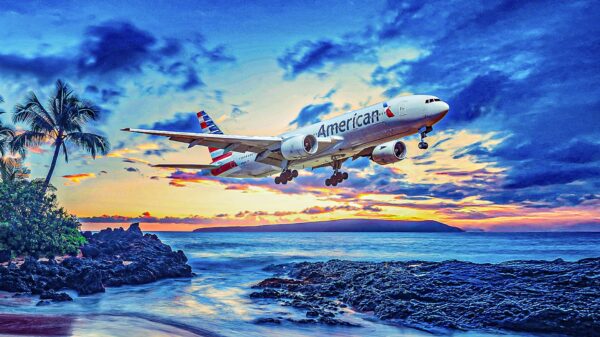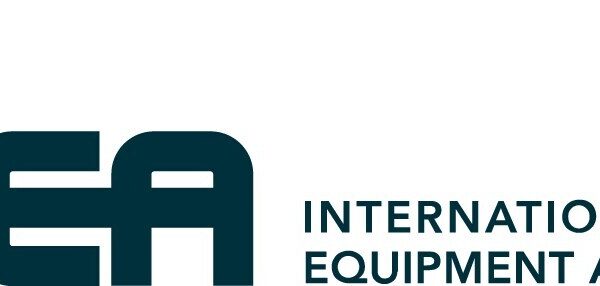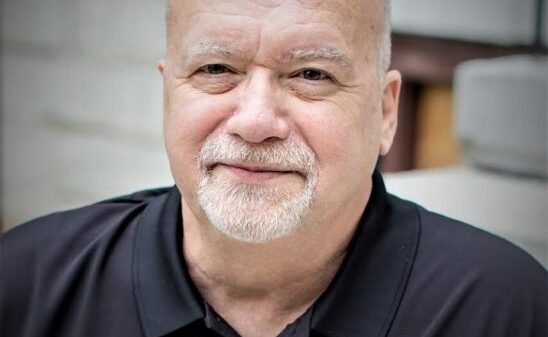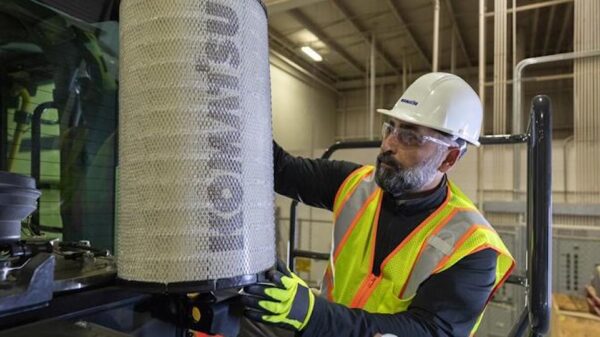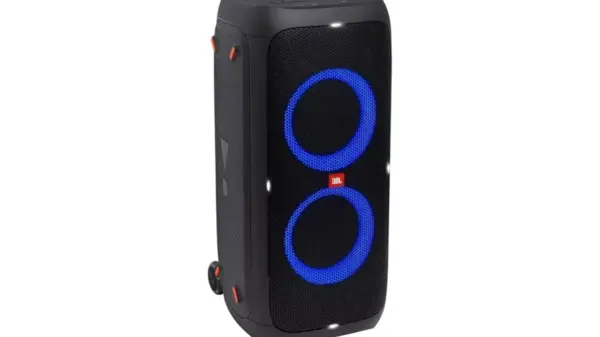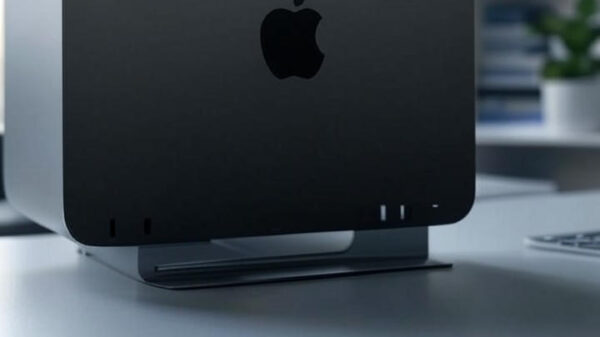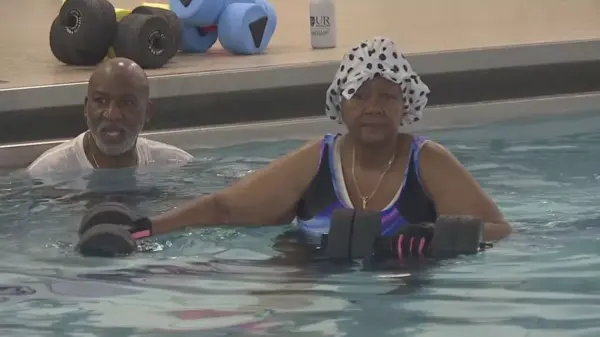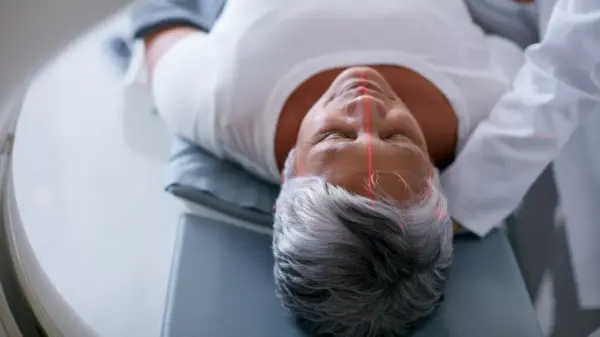URGENT UPDATE: The US Coast Guard has made a historic drug bust, seizing over 49,000 pounds of cocaine worth more than $362 million, utilizing cutting-edge drone technology. The monumental offload took place at Port Everglades, Florida, on Wednesday, marking the largest quantity of cocaine ever seized by a single Coast Guard cutter during a deployment.
The US Coast Guard Cutter Stone played a pivotal role in this operation, which is part of the ongoing Operation Pacific Viper. This mission has led to a remarkable surge in drug interdictions, with the Coast Guard announcing nearly 510,000 pounds of cocaine seized in fiscal year 2025, the highest in its history.
The Stone’s deployment included a staggering 15 interdictions, three occurring within a single night. Utilizing the new MQ-35 V-BAT drone from Shield AI, the crew successfully tracked and intercepted drug-running vessels under the cover of darkness. The drone’s unique tail-sitter design allowed for vertical takeoff and landing, providing vital aerial reconnaissance that led to the identification of multiple targets.
During the critical night operation, the drone spotted one vessel, prompting the crew to launch a boarding team. As they secured the first boat, the drone continued patrolling, leading to the interception of two additional vessels. The combined efforts resulted in the seizure of 12,000 pounds of cocaine and the arrest of seven suspected drug traffickers.
Vice Adm. Moore, commander of the Coast Guard Atlantic Area, emphasized the significance of this operation, stating,
“What you see behind me is more than just a pile of cocaine; it represents a tangible victory in our ongoing fight against transnational criminal organizations and narcoterrorism.”
This operation has spotlighted the effectiveness of integrating drone technology into maritime interdiction efforts. Captain Anne O’Connell, commanding officer of the Stone, praised the drone’s role, stating it allowed her crew to monitor surrounding areas while conducting boarding processes, which can take from two to eight hours.
The V-BAT drone, operational for the first time aboard the Stone, can fly for over 13 hours and was crucial in covering the vast operational area of the eastern Pacific, where fixed-wing aircraft are limited. The Coast Guard’s partnership with Shield AI, which secured a $200 million contract last July for drone deployment, is proving to enhance surveillance capabilities significantly.
As the Coast Guard continues to ramp up its counter-narcotics missions, officials indicate that this level of success will likely become more common. The Stone’s achievements in this deployment serve as a reminder of the ongoing battle against the drug trade and the innovative strategies being utilized to combat it.
The public is urged to stay tuned for further updates on the Coast Guard’s operations and the impact of these drug busts on local communities and beyond. This groundbreaking seizure highlights not only the effectiveness of new technologies but also the relentless efforts of the men and women in uniform dedicated to safeguarding the nation’s shores.




